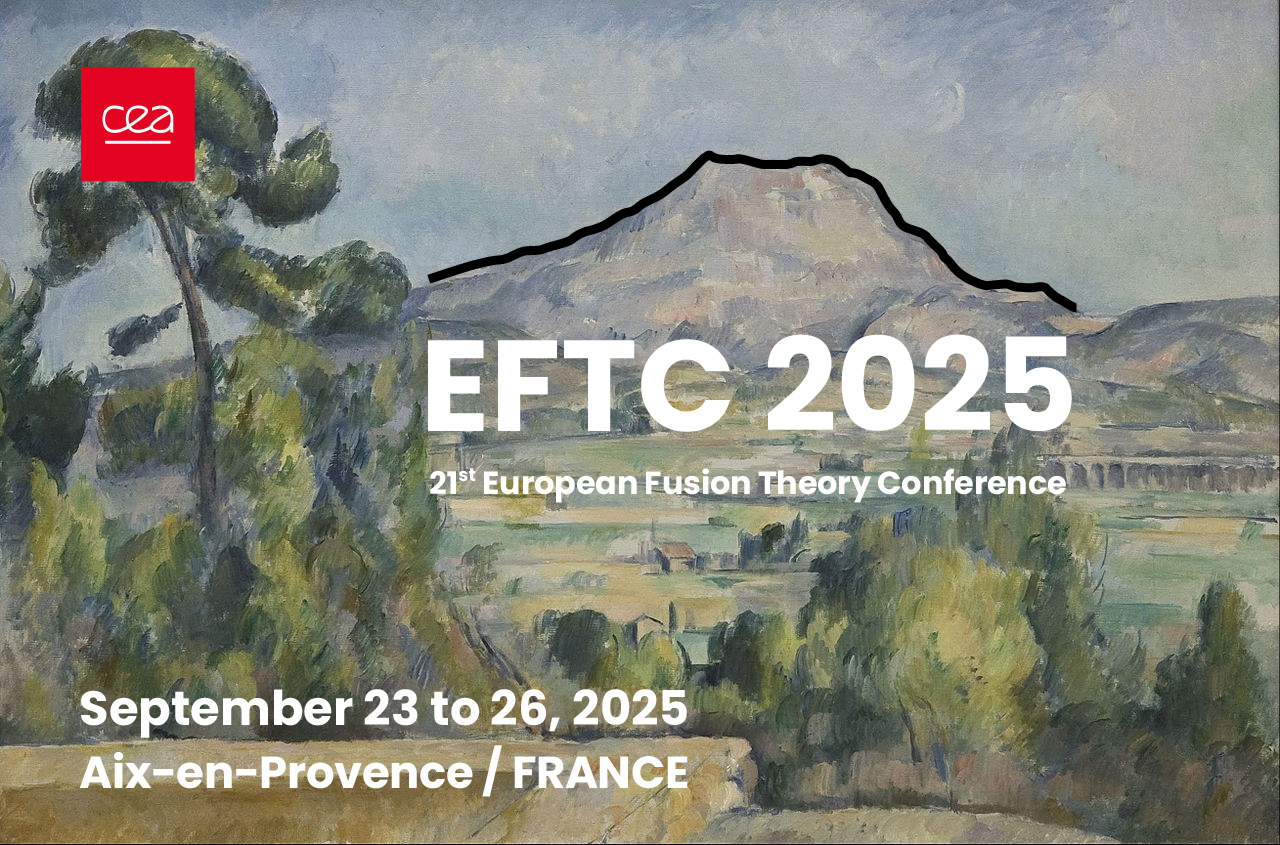Speaker
Description
In stellarators, the absence of axisymmetry poses challenges for confinement, as particle orbits are more prone to drift losses. Quasisymmetry [1] offers a pathway to overcome this limitation by optimizing the magnetic field configuration to approximate the favorable confinement of axisymmetric systems. Nevertheless, traditional stellarator designs often involve high aspect ratios and intricate, three-dimensional coil structures lying on complex Coil Winding Surfaces (CWSs) conformal to the plasma boundary. In this study, the impact of the aspect ratio on ideal MHD equilibrium and stability is examined, aiming to insights into compact, high-field stellarator configurations, which, for instance, could be enabled by High Temperature Superconductors [2]. Equilibrium optimization is performed for quasi-helical or quasi-axial symmetry in vacuum, starting from a variety of aspect ratios and number of field periods, under a combination of constraints. Such constraints include the rotational transform, plasma volume, mirror ratio and vacuum well. In addition, the effect of aspect ratio on ideal interchange and ideal ballooning stability is investigated, up to a normalized pressure β~2%. Finally, the reproduction of such configurations by simplified piecewise cylindrical CWSs is explored. This technique can offer a potential alternative to traditional stellarator coil manufacturing, with the possibility of employing laser engraving to create current paths on simplified surfaces [3].
[1] A. H. Boozer (1983) Phys. Fluids 26, 496–499
[2] V. Prost and F. A. Volpe (2024) Nucl. Fusion 64, 026007
[3] D. Pereira Botelho et al. Phys. Rev. Applied, under review (https://arxiv.org/pdf/2409.20143)

